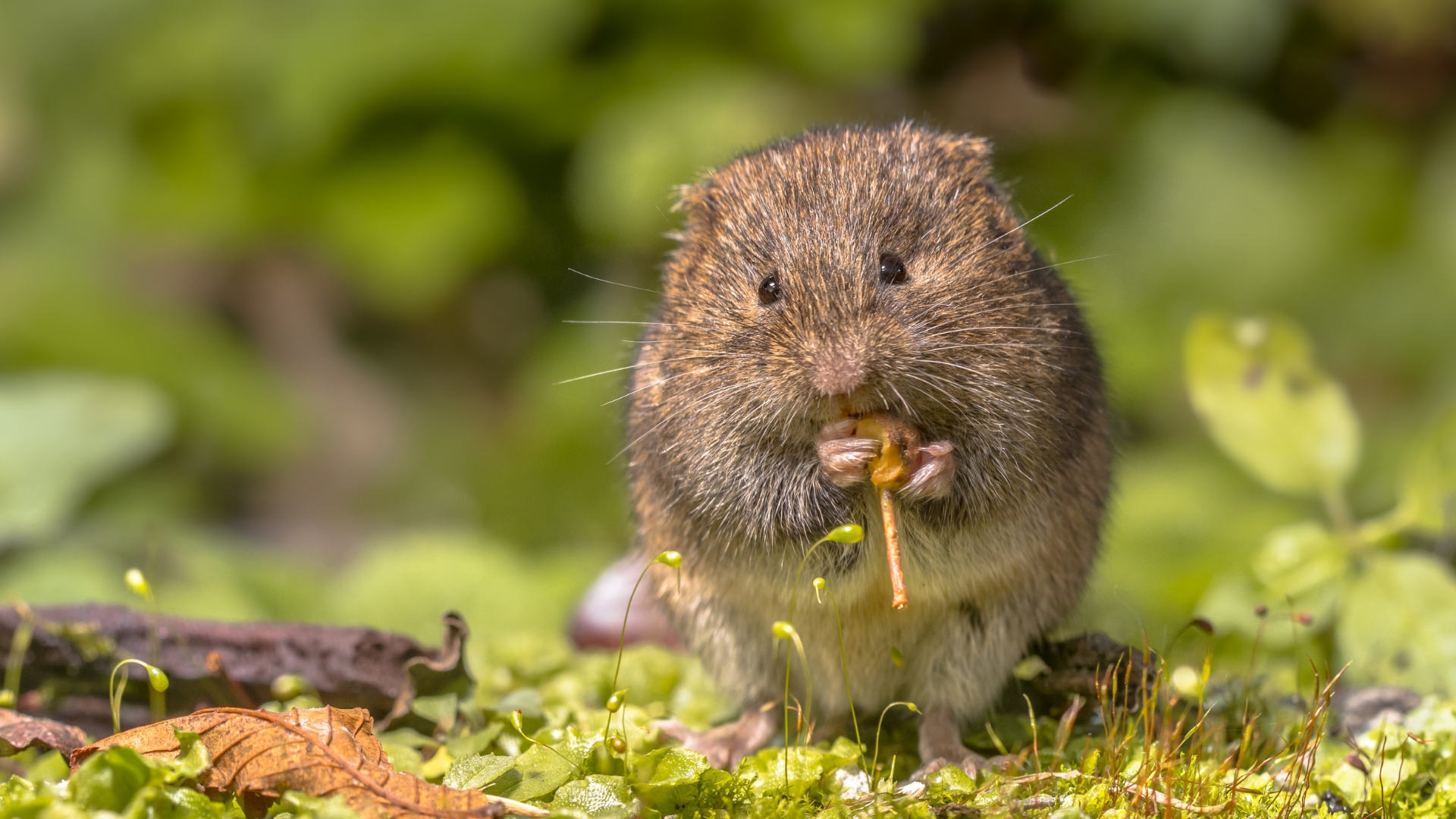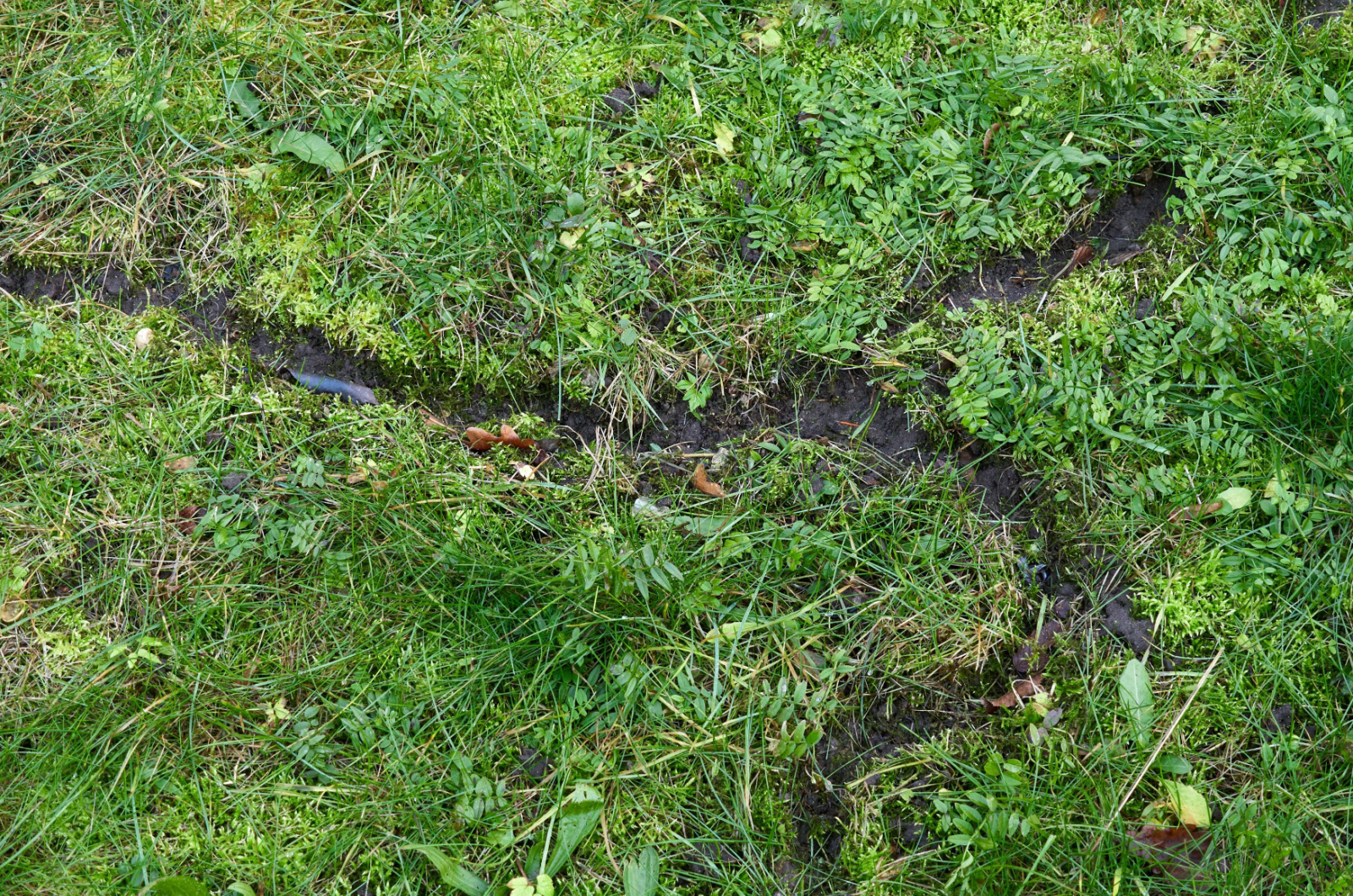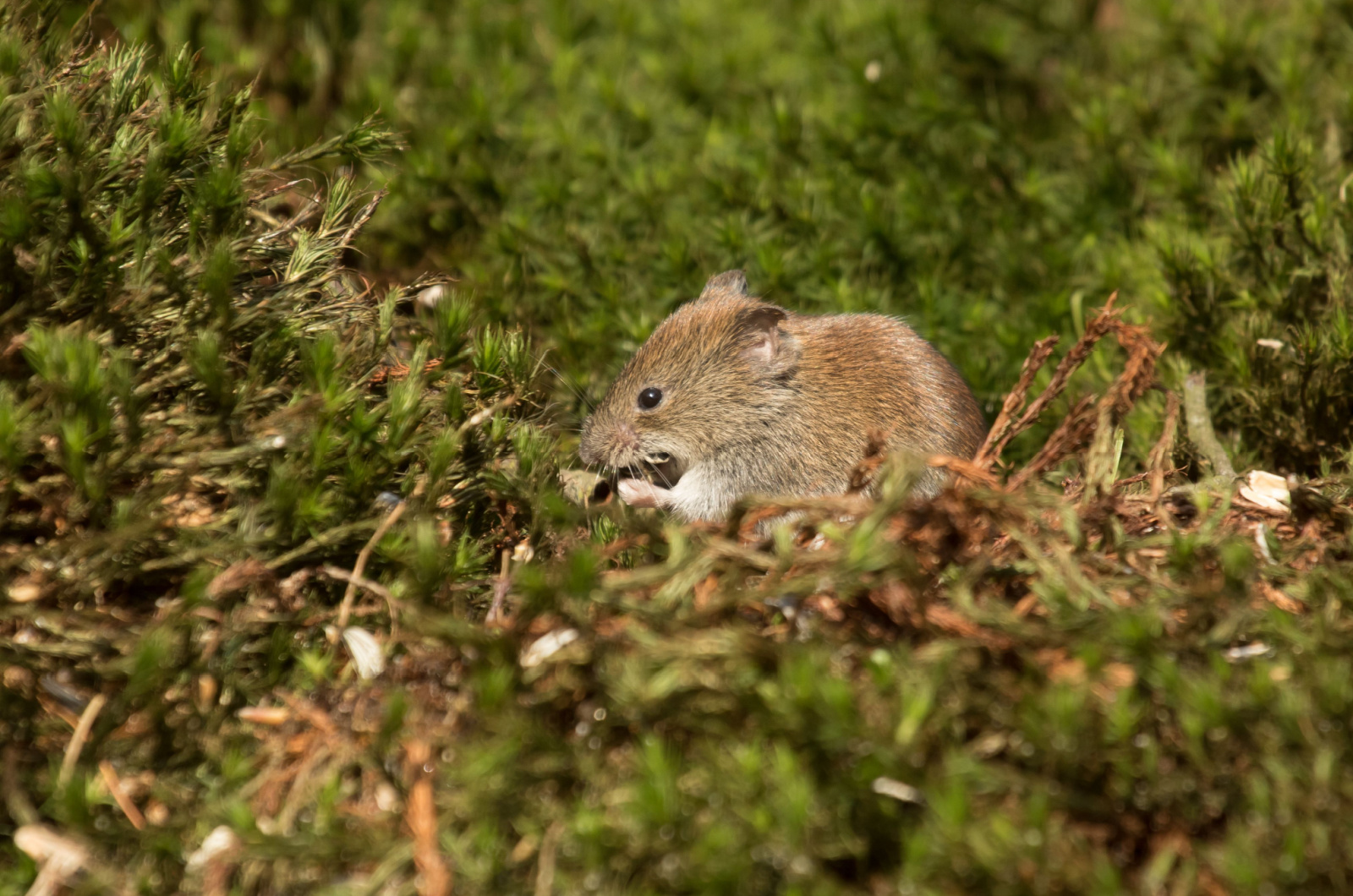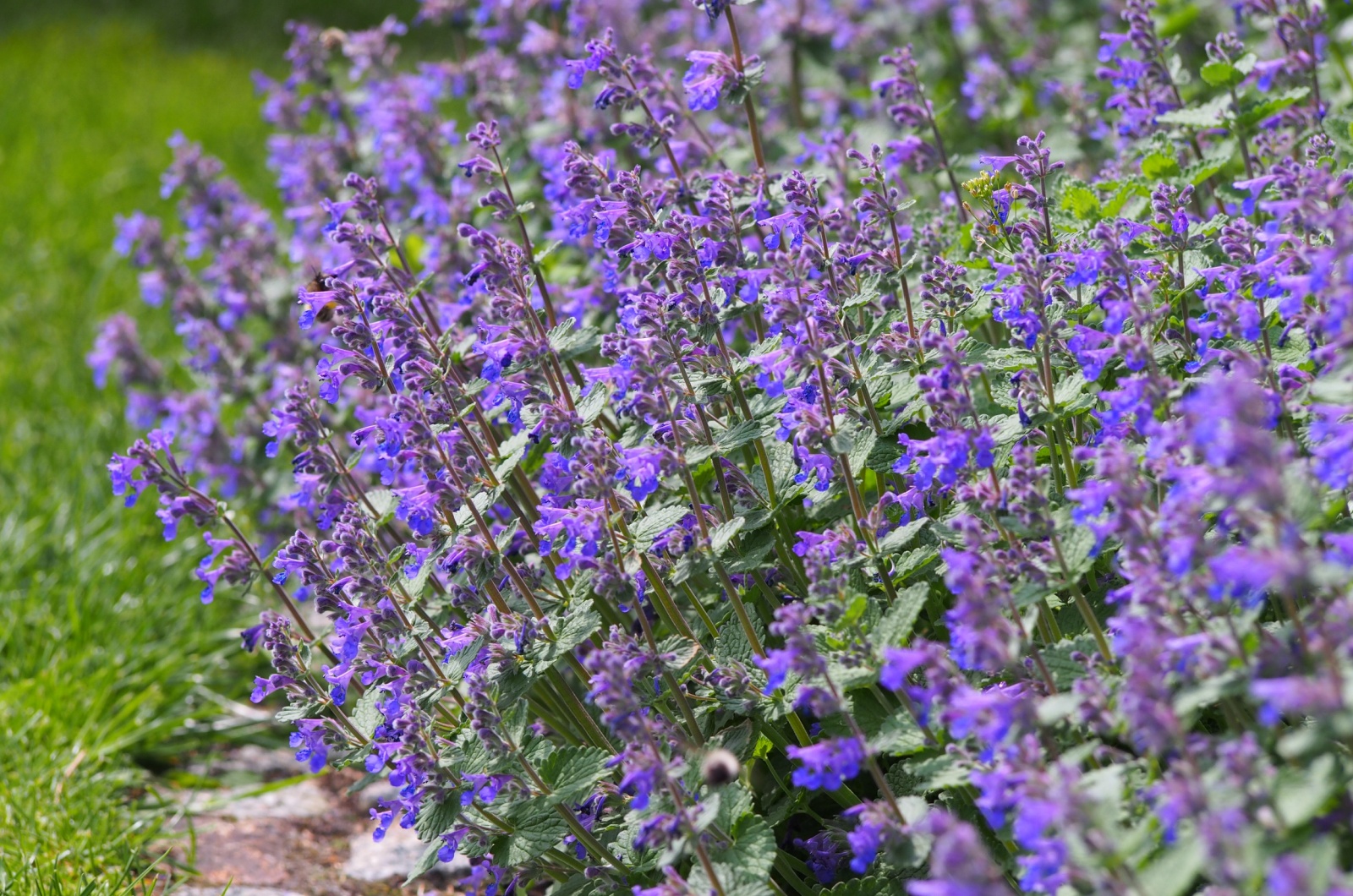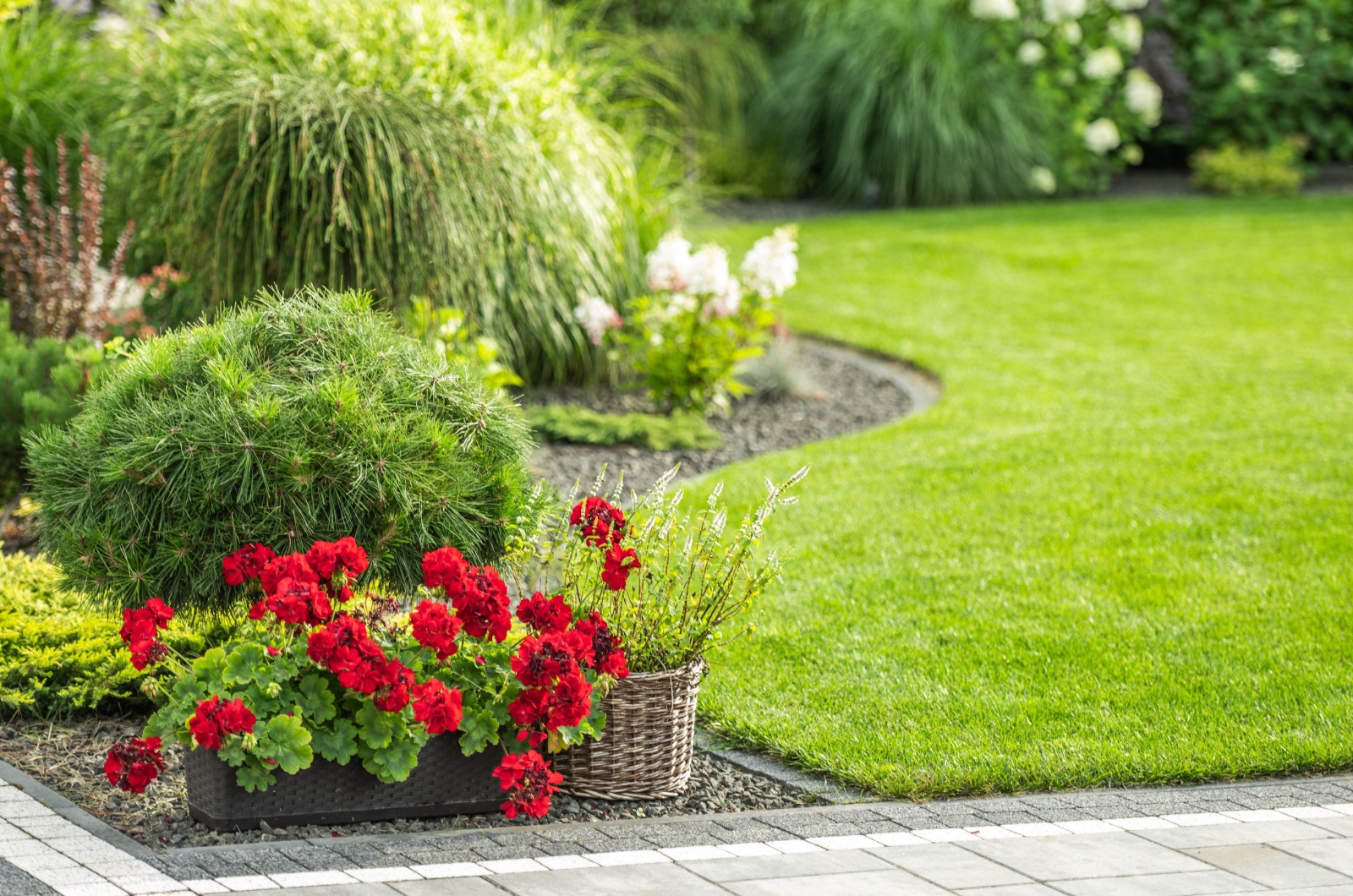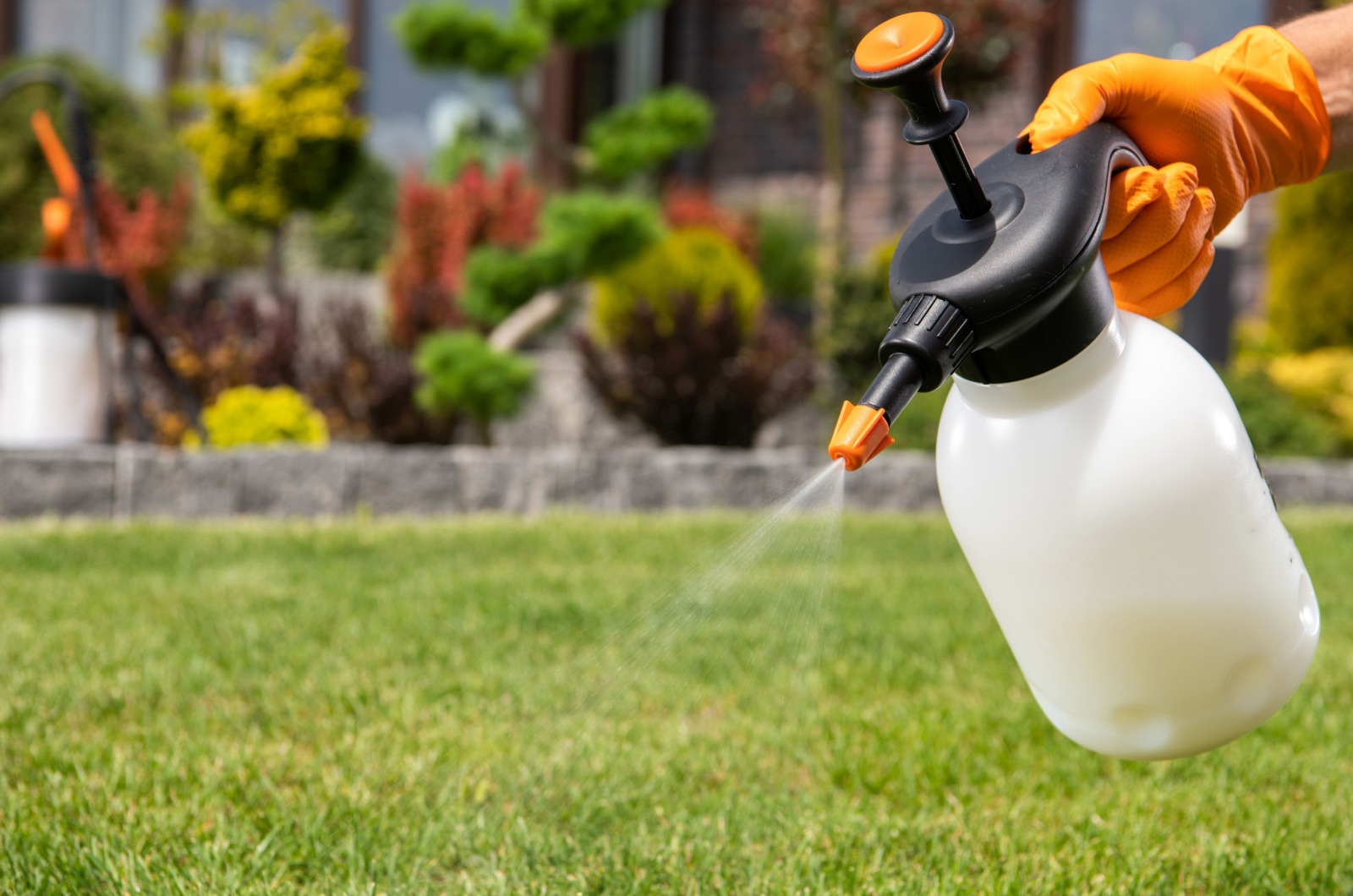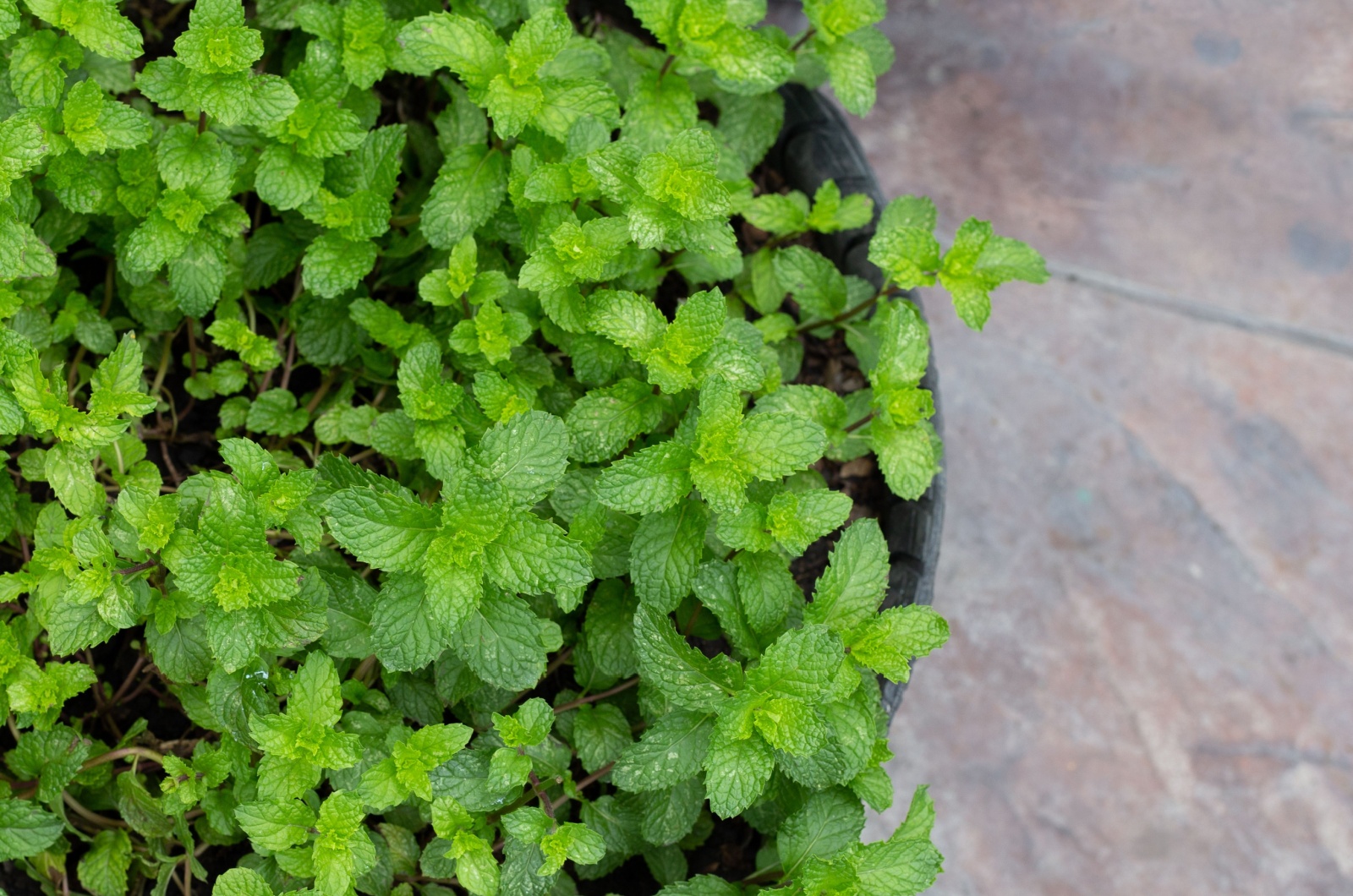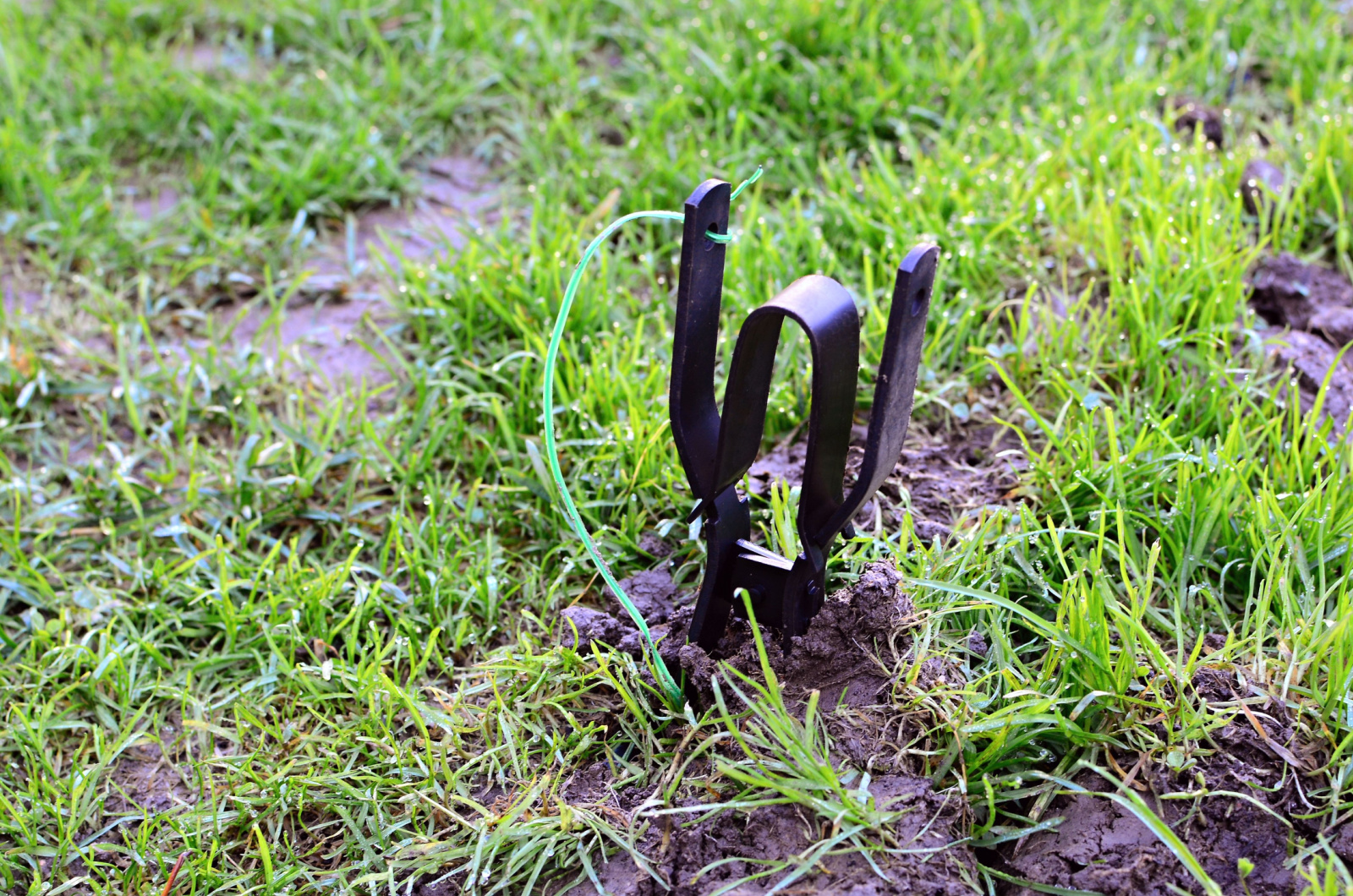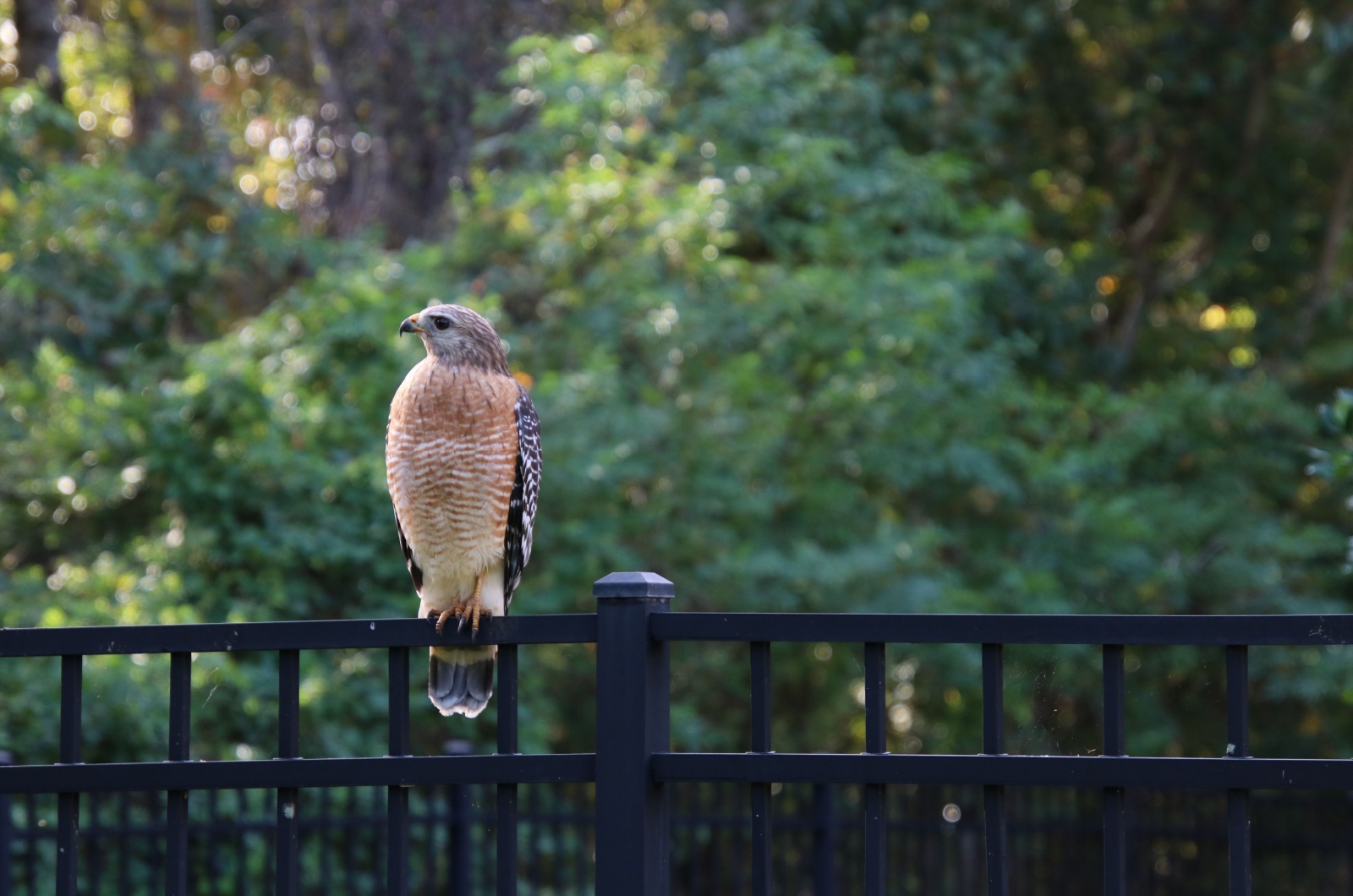Tired of dealing with pesky voles wreaking havoc in your garden? If so, then you’ve come to the right place!
These small creatures can ruin grass lawns in no time, chew away the tree bark, and completely demolish plant roots. It’s best to act quickly and get rid of voles before they destroy your entire garden.
On this note, you should try natural methods before involving poison as pest control. Keep reading to find more methods that will help you get rid of voles and keep your garden healthy!
Signs Of Voles In The Garden
It’s hard to spot voles in the garden because they mostly spend their time underground.
However, there are a few signs that indicate their presence in the garden, such as partially-eaten root veggies and flower bulbs, missing carrots and greens, and winding tunnels close to the soil’s surface in lawns and gardens.
If you spot chew marks on bark around the bases of trees and shrubs, voles are likely to blame. They become more active as the weather gets warmer in the spring, and their tunnels become more visible.
Voles like to munch on flowers like dahlias, crocuses, and tulips, but this doesn’t mean that they won’t touch your other plants in the garden, especially root veggies and turf grass.
Moles Vs Voles
Sometimes, it might be hard to distinguish between moles and voles because they look similar and do almost identical damage to the garden. Still, you should be able to tell them apart and treat them accordingly.
Moles are related to shrews and hedgehogs, while voles are rodents. They are omnivorous and feed on roots and leaves, while moles are carnivores that will eat insects, larvae, and worms in the soil.
Voles have dark gray-brown fur, round ears, and tails that look like field mice; on the other hand, moles are a bit larger, with distinctive front paws and pink snouts that make them look like sea anemones.
Because they have larger paws, moles will create bigger tunnels and leave behind volcano-shaped mounds when digging. Voles don’t leave any heaps of the soil and their tunnels are closer to the surface.
If you’ve found out that you have issues with moles instead of voles, here’s a useful article: 6 Ways To Deter Moles And Keep Them Out Of Your Yard
1. Try With Barriers First
You have nothing to worry about if you are growing your plants in containers; if not, then you should use fences around your garden beds to create a barrier so voles can’t pass through.
It’s important that the fences are sunk into the soil since voles can create tunnels – 6 to 10 inches deep should be enough.
To protect your trees and flowers, you can use tree guards or bulb cages. Ensure that the cages are not too tight and install them close to the surface of the soil so that the voles can’t get in.
This might be useful: How To Use Cloches And Critter Cages
2. Companion Planting
Companion planting is an old gardening hack that is still being used today – this simply means that growing certain plants close together benefits them and ensures better growth.
To repel voles, try planting companions such as garlic and other Alliums since these little mice-like creatures can’t stand strong scents. You can also use catmint as a natural vole repellent.
3. Keep Your Yard Nice And Tidy
Maintaining your lawn and keeping your garden clean is the best way to repel garden pests. Regularly trim shrubs, pick weeds, clean brush piles, and rake up the leaves and twigs.
Also rake the mulch around your trees otherwise voles might burrow in it to reach the bark.
4. Consider Container Growing
We mentioned earlier that voles can’t reach plants grown in containers, so you might consider growing your veggies in pots and containers.
If you have a large field and want to use up the space, I would suggest you install raised garden beds that have hardware cloth at the base.
Also read: Discover 15 Veggies Perfect For Container Gardening
5. Use Repellent Spray
Using homemade or store-bought repellent sprays can be quite useful, but they need to be reapplied frequently, especially after heavy rains. These sprays usually contain castor oil, hot peppers, or predator urine, and are really easy to use in the garden.
6. Grow Vole-proof Plants
Just like in companion planting, you can grow certain plants to keep voles at bay. They are not attracted to all plants and will stay clear of specific ones, especially hellebores, salvias, mint, daffodils, fritillaria, and grape hyacinth.
7. Use Live Traps
You’ll have to be consistent with live traps if you decide to use them – set up traps close to the base of trees where voles usually nest, or put them perpendicular to their tunnels.
You can use peanut butter to bait voles into the trap. Keep in mind that you should regularly check the traps and, if they catch voles, release them somewhere far from populated areas.
8. Draw Natural Predators In
Another method is to attract natural predators to the garden that will do work for you; for instance, hawks and owls keep voles in check. Just make sure that you make a bird-friendly garden by installing a water feature or bird feeder.
Also read: 3 Best Ways To Attract Owls to Your Yard

